Improve Your Plant-Based Cooking with Umami Rich Ingredients
Umami is the reason why many of our favorite ingredients taste so darn good. It’s one of the five tastes (the others being sweet, salty, sour, and bitter) and is responsible for giving foods a decadent, savory flavor. Meat and aged cheeses are common sources of umami, so fortifying your plant-based dishes with umami flavors will make them more satisfying to all types of eaters.
To gauge an ingredient’s level of umami flavor involves measuring its glutamate content; and while plenty of vegetables and fermented foods have some glutamate, there are a few special plant-based ingredients that are loaded with the stuff. Some are common; some are more exotic, but all of these ingredients are relatively easy to find at your local supermarket.
This Monday, pick up some of the ingredients listed below and start experimenting. You’ll be shocked to see how far a dash of soy sauce or some nutritional yeast can completely transform any recipe.
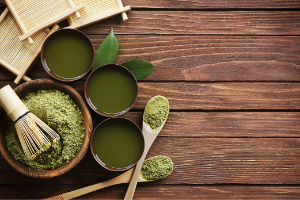 Green Tea
Green Tea
Didn’t expect to see this one on the list, did you? Along with its myriad of health benefits, which include reducing the risk of developing type 2 diabetes, lowering LDL cholesterol, and supporting weight management, green tea (or matcha) is also high in glutamate. Slightly bitter and sneakily sweet, green tea is a welcome addition to rice, cookies, ice cream, and pasta, like this recipe for green tea pesto pasta.
 Kimchi
Kimchi
Kimchi is spicy, fermented cabbage, and it is an essential part of the Korean dinner table. The tangy, often fiery condiment has become popular in the United States because of its taste and high quantity of probiotics. You can find kimchi in most grocery stores (check the refrigerated section and look for the vegan/fish-sauce-free brands) or make your own vegan kimchi from Minimalist Baker.). It’s an incredibly versatile ingredient: Use it in fried rice, dips, or these fun and funky matzo kimchi pancakes from Alex Lau at Bon Appetit.

Marmite
It’s controversial; it’s mysterious; it’s polarizing; it’s made from yeast extract — it’s marmite! This odd ingredient is one of the richest sources of glutamate around, making it an umami powerhouse, but it’s taste, which can be described as “yeasty”, “soy sauce-y”, and “salty”, is not for everyone. However, if you are willing to give your palate a bit of an adventure, try using marmite in this recipe for marmite cashew cheese from Nest & Glow.
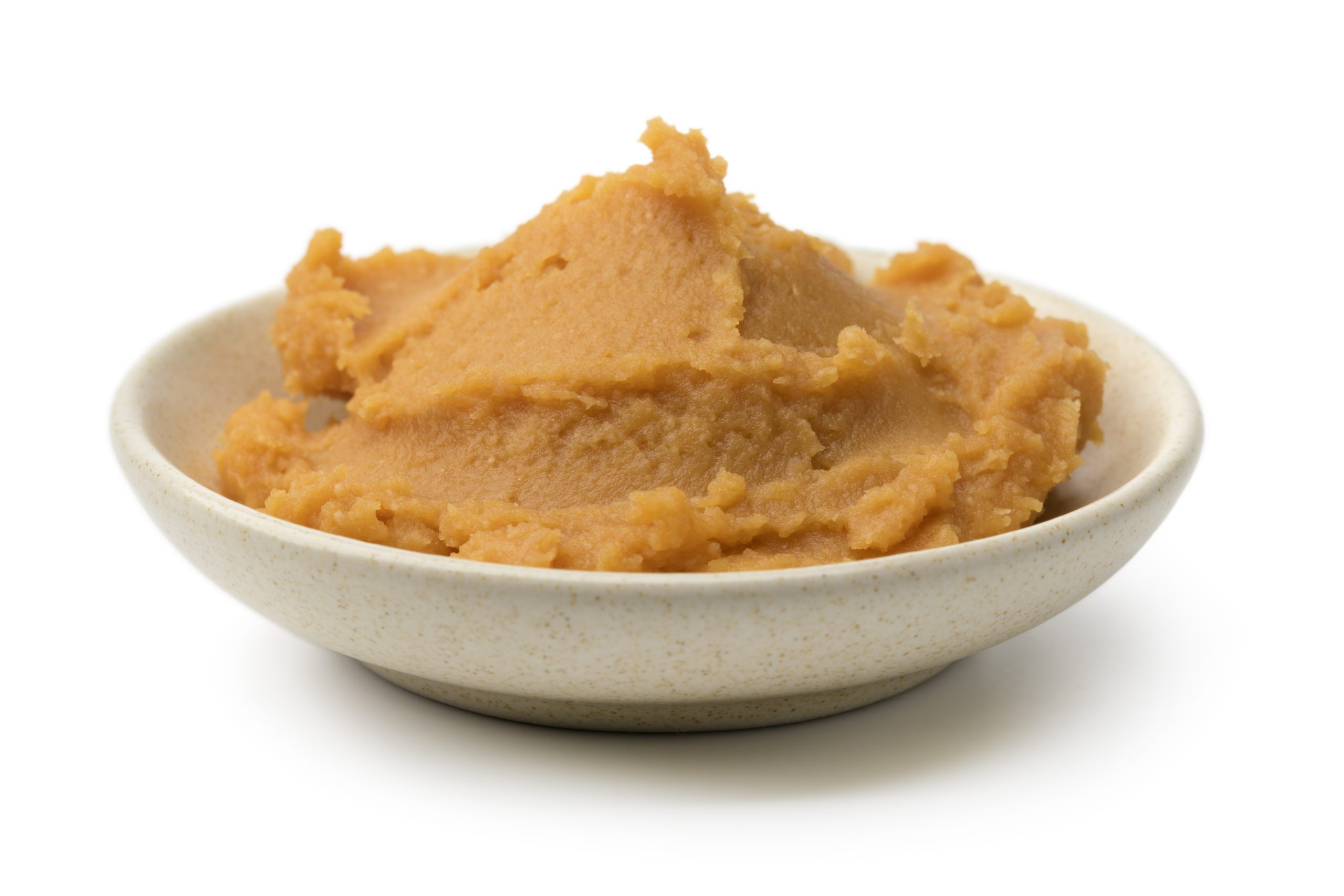
Miso
Umami royalty. Using a glob of miso paste is the easiest way to infuse anything — dips, stews, marinades, sauces — with the rich and complex flavor of umami. Miso paste is made by salting and fermenting soybeans, but the taste is pretty mellow, especially the lighter-colored varieties. Check out this recipe for creamy miso risotto from Purple Carrot, and enjoy the versatility of this very special ingredient.
 Mushrooms
Mushrooms
Mushrooms, particularly the dried shiitakes, are known for their dense concentration of glutamate and umami flavor. Mushrooms possess an unctuous, meaty texture, making them the ideal ingredient to serve as the centerpiece of your dinner plate. Sure, you can rehydrate the dried ones and add them to soups, but we think you should get a little more creative and try adding them to these eggplant and shiitake “meatballs.”
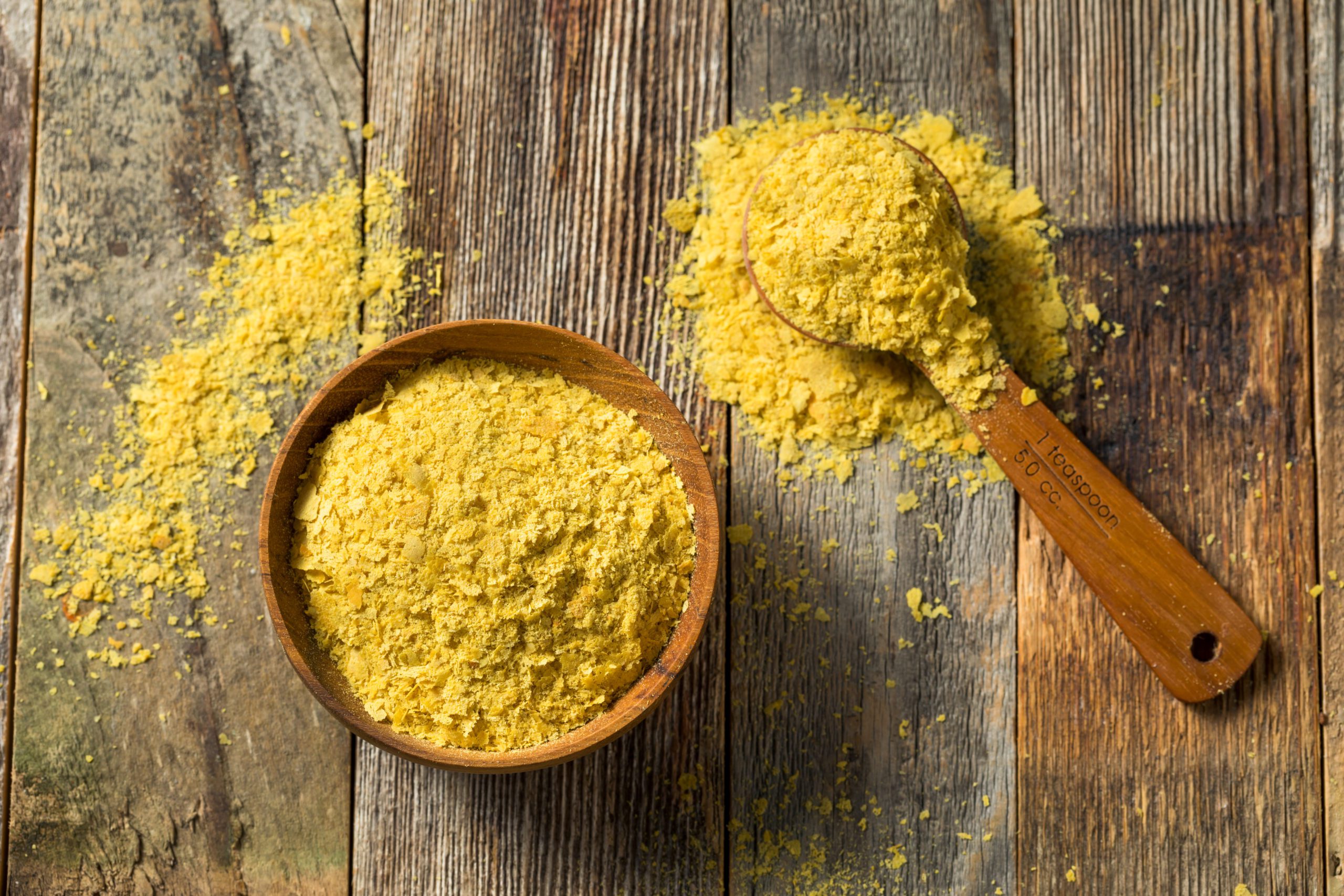 Nutritional Yeast
Nutritional Yeast
Here at Meatless Monday we really dig nutritional yeast. If you’re trying to stick with only plant-based ingredients, the umami flavor of nutritional yeast is a great alternative to aged cheeses like Parmesan. It’s also good for you. Try it in this mouth-watering mushroom tofu scramble or this completely plant-based spicy jalapeno cashew cheese dip.
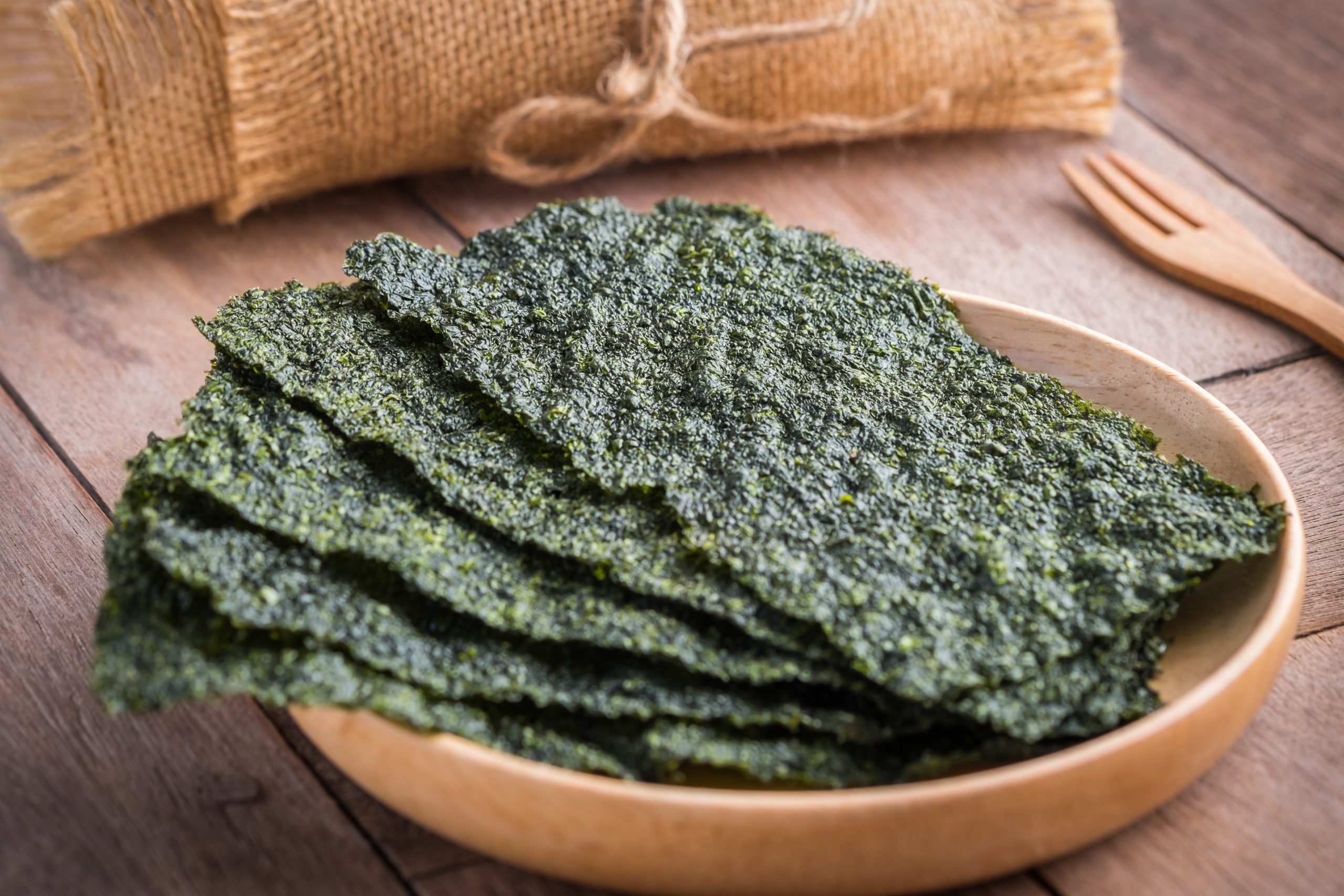
Seaweed
Although it comes in many different varieties — dry or fresh, red or green, Irish moss or kombu — seaweed is an important plant-based source of umami. You can use dry seaweed to make ocean-scented stocks or as a wrapper for tacos (and sushi), while fresh seaweed can be sautéed, fried, or added to salads. But nothing shows off the flavor of seaweed better than a light and elegant soup, like this simple detox soup with nori from Only Gluten-Free Recipes.
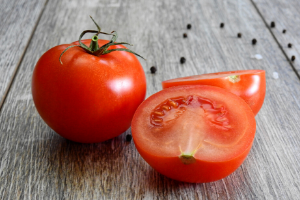 Tomatoes
Tomatoes
Canned, dried, or turned into paste, the tomato is responsible for much cooking magic. Tomatoes, especially tomato paste, are a simple and inexpensive source of umami, and they can add depth and richness to soups, stews, sauces, curries, and beans. Tomato paste is one ingredient you should always have in your pantry, because you never know when you’ll get the urge to whip up a vegetarian gumbo or a platter of quinoa chili fries.
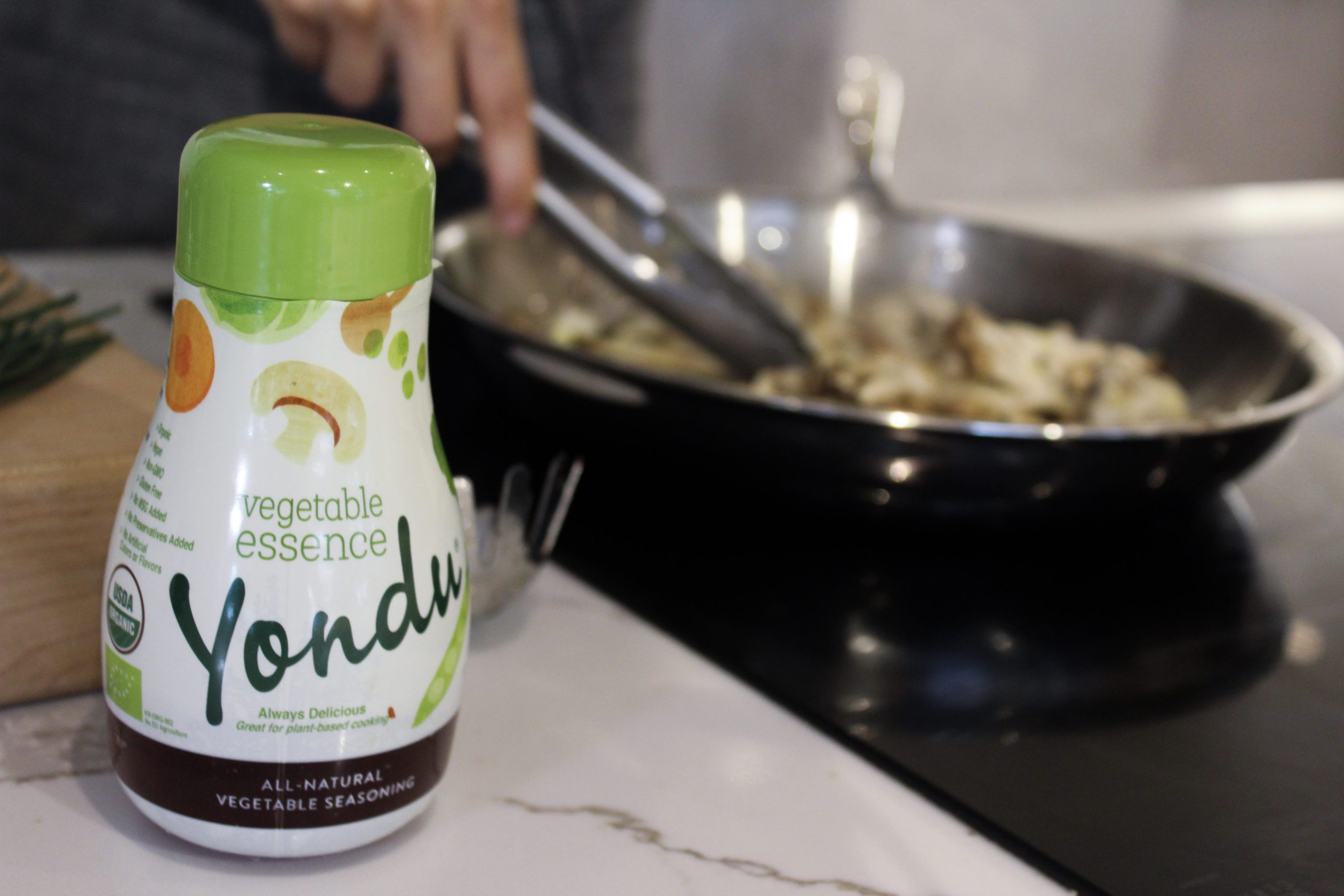 Umami Seasoning
Umami Seasoning
If you want to infuse a dish with pure umami flavor but don’t want to fuss with additional ingredients, try using a prepackaged umami seasoning. These seasonings are sold as a liquid or a powder, making them easy to incorporate into soups, sauces, pastas, vegetables, etc. For a pourable version, try Yondu Vegetable Umami and delicious recipes from the free Meatless Monday Umami Online Cookbook and, for a powdered variety, experiment with Trader Joe’s Umami Seasoning Blend.
Click here for more Meatless Monday recipes. When posting pictures of recipes to your social media network, tag @MeatlessMonday use #MeatlessMonday to show the plant-based community your creation.

